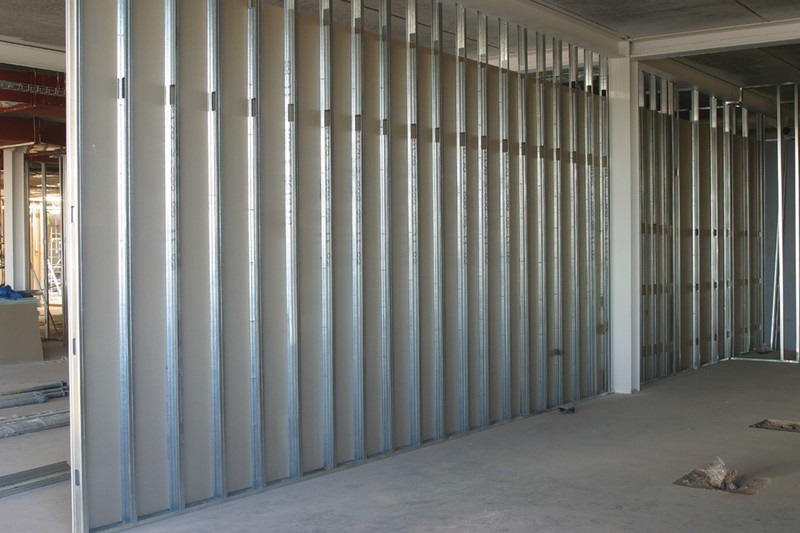FIS technical director Joe Cilia looks at the type of questions being asked of FIS with regard to providing greater levels of evidence that the systems they are installing, or have installed, are ‘compliant’. But what does that mean, and where are the risks?
The question about evidence of compliance often arises at the end of the project, which can prove challenging if this question has not been addressed at an earlier stage by several project stakeholders.
What makes a system compliant?
A ‘compliant system’ is usually one that, when installed, meets all the specified performance requirements of the project, for example robustness, structural, fire, acoustic, environmental, thermal, etc.). These can typically be demonstrated by the manufacturers and distributors (system owner) providing the appropriate supporting documentation to substantiate the necessary performance attributes. Some system owners also provide warranties – in effect, insurance – that their products, when installed in accordance with their instructions, will perform as specified in their literature. This all seems straightforward, but there are risks.
Here are four common issues:
- Misinterpretation/misunderstanding of supporting documentation
We have seen some evidence of lack of understanding of documentation content and which documents to ask for or are valid/relevant. Our recommendation is to ensure that guidance and the supporting relevant documentation from the system owner has been obtained, and then, using this, seek approval from the relevant project authority, i.e. architect, fire/acoustic/structural engineer, building performance assessor or building control.
- Mix and match/using third party products
It’s easy to assume that some products are generic and interchangeable between manufacturers, or that a third party solution can be introduced into a system without impacting on the system performance or the system owner’s warranty. This is not the case! If we were to compare this to any other industry, it would be obvious that swapping out a component from another manufacturer would impact warranties. A good example is how replacing a gearbox in a car with one from an alternative car manufacturer would clearly invalidate your warranty. Or even something as simple as having it serviced by a non-approved garage could do the same.
- Installation
Installing the system strictly in accordance with the system owner’s guidance is essential, yet sometimes overlooked. The key is that the evidence to prove the performance of the system is based on the testing and assessments carried out by the system owner. This, therefore, should not only be reflected in the system owner’s installation guidance but also replicated in the on-site installation.
FIS Associate member Alex Double of design consultants ADDC regularly witnesses substitutions of drywall materials, accessories and installation methodologies with drywall installation by subcontractors who may not fully understand the implications of their actions. This could be from using alternative manufacturers’ drywall screws through to the mixing of various board manufacturers and metal framework. Any one of these changes and substitutions can negate the manufacturer’s system warranty. To maintain the manufacturer’s warranty for their ‘systems’, it is imperative that their conditions of installation and system components are met. This would require using ALL of the compliant components in accordance with the fire, acoustic, thermal testing, etc.
- Design liability
An individual product or system should be fit for purpose within the context of the design of a building and its intended final use. Therefore, even if the system’s information is compliant, the system is installed as per the system owner’s guidance and meets the specified performances, if you have not followed the original specification/guidance issued, or sought the relevant approvals to deviate from the original specifications from the relevant party (i.e. architect, fire/acoustic engineer, main contractor or client), the design liability will effectively sit with you.
So, how detailed should you consider a system in the procurement and installation process to ensure you are compliant?
Let’s take drylining, which is made up of key components including metal stud, lining boards, insulation, fixings, adhesives, and jointing and finishing components. To comply with the system owner’s warranty requirements, you may need to source all materials from the same supplier, not just from the same brand. It’s important to check with the system owner. And as a rule, ensure you use a jointing compound or plaster approved by the system’s owner and installed to their instructions to meet their performance requirements.
Drywall system warranties
Drywall building systems from the UK and Ireland’s plasterboard manufacturers have an unparalleled record for safety and reliability, thanks to an ongoing multi-million-pound investment in product development and system performance testing.
Robert Osborne, secretary of the Gypsum Products Development Association (GPDA), said: “It is this continuous testing that enables our member manufacturers – British Gypsum, Gyproc Ireland, Knauf and Siniat – to offer comprehensive warranties for correctly installed drywall systems. If you wish to use their test data to substantiate the system performance, you need to use their components and follow their guidance.”
GPDA members provide contractors, installers and end users with the confidence that every performance aspect of the specific system being installed has been tested and is guaranteed to perform to specification.
Andrew Orris, from SIG, said: “Speedline invests considerable sums of money in testing and certification of its systems to ensure the design performance can be met ‘as-built’. In addition, the company invests in resources that can provide on-site support when unexpected occurrences arise, such as changes in detailing during the course of the build.”
The big question: how do you demonstrate compliance? In addition to following the guidance in this article, FIS recommends it is essential that all parties keep clear, accurate and secure records of materials ordered, delivery notes, detailed photos of the installation in progress, sign-off, instructions and advice given by the system owner, documentation received from the contractor or architect, any Request for Information (RFIs) raised, and the responses received. The Product Process People (PPP) initiative discussed in July’s Technical article explains this and the reasons behind it in more detail.
FIND OUT MORE:
JOE CILIA
FIS technical director


